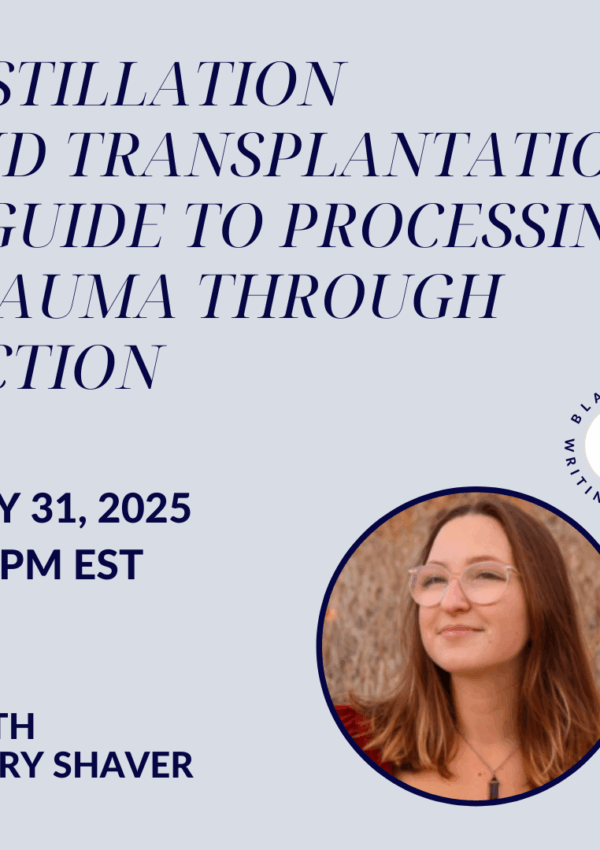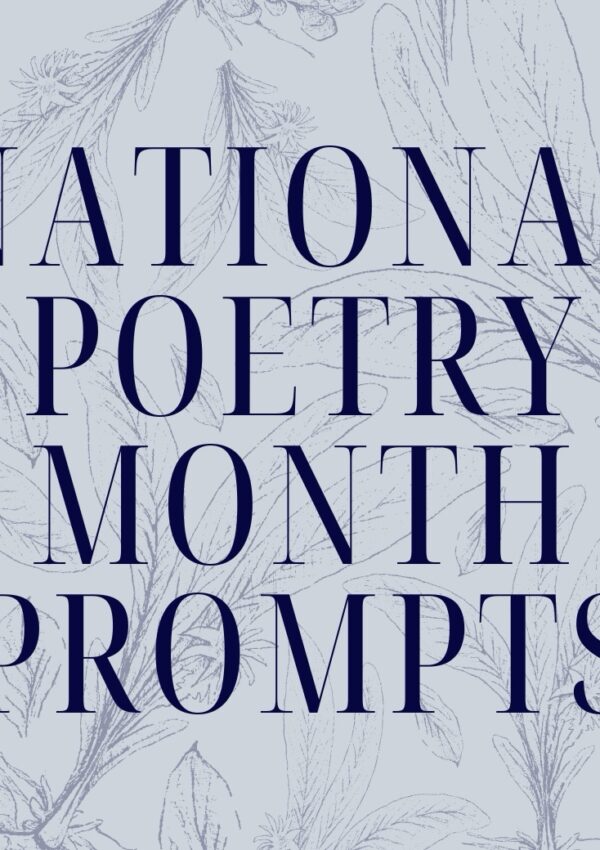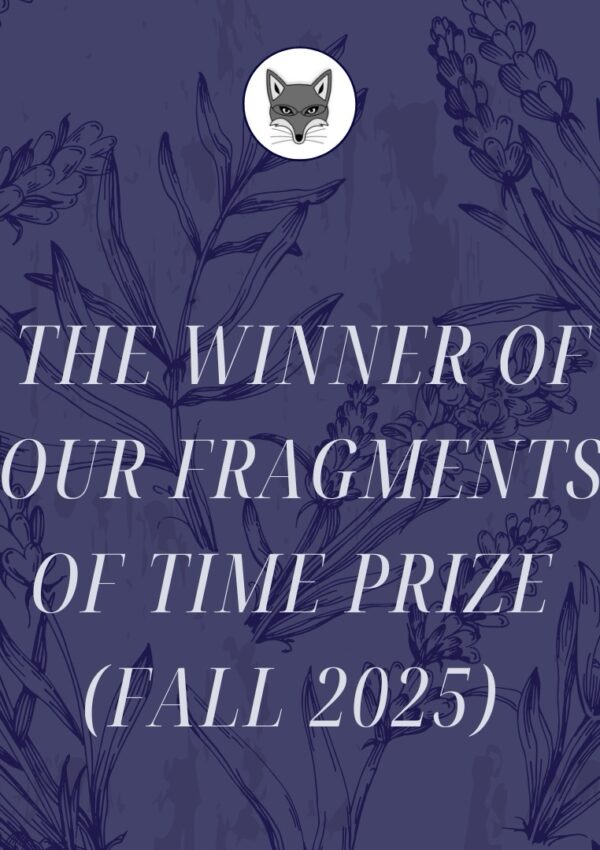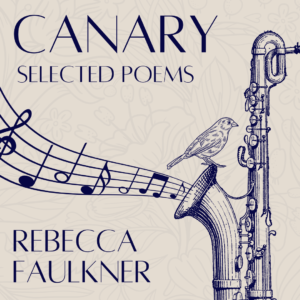For years, I’ve been trying to write an ekphrastic poem about Gustav Klimt’s posthumous portrait Ria Munk III. I’ve tried every kind of approach to an ekphrastic that I know: describing the artwork, writing from the viewpoint of an object or creature depicted in the artwork, meditating on my experience seeing the artwork—as well as a mixture of these three approaches. Each version has been unsatisfactory. I think the problem is that I’ve got too many plates balanced on the end of too many sticks. I’m trying to simultaneously convey all of these factors: how the unfinished aspect of the work mirrors Ria’s life which was cut short by heartbreak and suicide; how the Nazis stole this painting and Ria’s Jewish mother died in a concentration camp; how I saw the painting at the Philadelphia Museum of Art with my husband and in-laws after finding out that some folks in my in-law’s family may have been Nazi collaborators—and, how this family history was explained to me by someone who forgot that some of my ancestors are Jewish. It’s a lot. And maybe this experience needs to be contained in an ekphrastic essay, or a micro lyric memoir with an ekphrastic bent, instead of in a poem.
While I’ve been wrestling with this piece, I’ve been writing several other poems that could be categorized as a niche version of the ekphrastic called a saturation. This form is written after or about an obsessive and immersive audio experience. If you know how to write an ekphrastic, you know how to write a saturation. You can describe the situation a song discusses or seems to discuss, write from the viewpoint of an object or creature discussed in the song, meditate on or share your encounter with the song—as well as mix these three approaches. You can also put a song—or album or discography—on endless repeat and let these sounds influence how you write a poem. This latter approach is unique to the saturation. The resultant poem’s cadence, structure, silences, mood, tone, diction, references, and more, have been affected by this sonic immersion.
Recently, I found out that one of my favorite poems is a saturation. After a writing workshop at the Fine Arts Work Center, Brian Turner said, “I wrote the poem, ‘Here, Bullet’ in Iraq while listening to the song, ‘No One Knows’ by Queens of the Stone Age. I wasn’t listening to the words or even the music, in a way, because I had it on repeat until it became a kind of wallpaper of sound that blocked out the noise of the world around me.” That’s what I’m talking about! But then he added, “For quite a while after writing it, I thought the music was the poem’s biggest influence. It took re-reading Levine’s ‘They Feed They Lion’ for me to recognize the music in my body and realize that Levine’s poem is a bigger influence on my own poem—though I needed Queen’s of the Stone Age to create a space for the poem to happen.” Do I get to say that “Here, Bullet” is still a saturation given his original understanding that the sound sparked the poem? I don’t know. (Maybe.)
If it seems like it’s easy to cheat when creating a saturation—you’re right. In my recent collection VOZ, I call some poems near saturations because they were influenced by immersion in music from much earlier in my life when the air I breathed was imbued with the songs of the era, or when my mom would play her generation’s vinyl on endless repeat. I also claim in the book’s Notes section that one poem is a saturation because it was written under the influence of “a formative audio experience listening to the ocean from birth till seven months old.” But is that latter example really a cheat? I believe it isn’t. The saturation form unlocked the poem’s content for me. And, this poem’s readers benefit too. Whenever a reader knows a form’s been utilized, they’ve received an invitation to enter that poem at a deeper level, to ride the wave the writer rode, to feel the reverb of the world where the poem was conceived. They’ve been invited into the entire magic of the poem. Which is so cool.
Have you written a saturation? If not, try it!
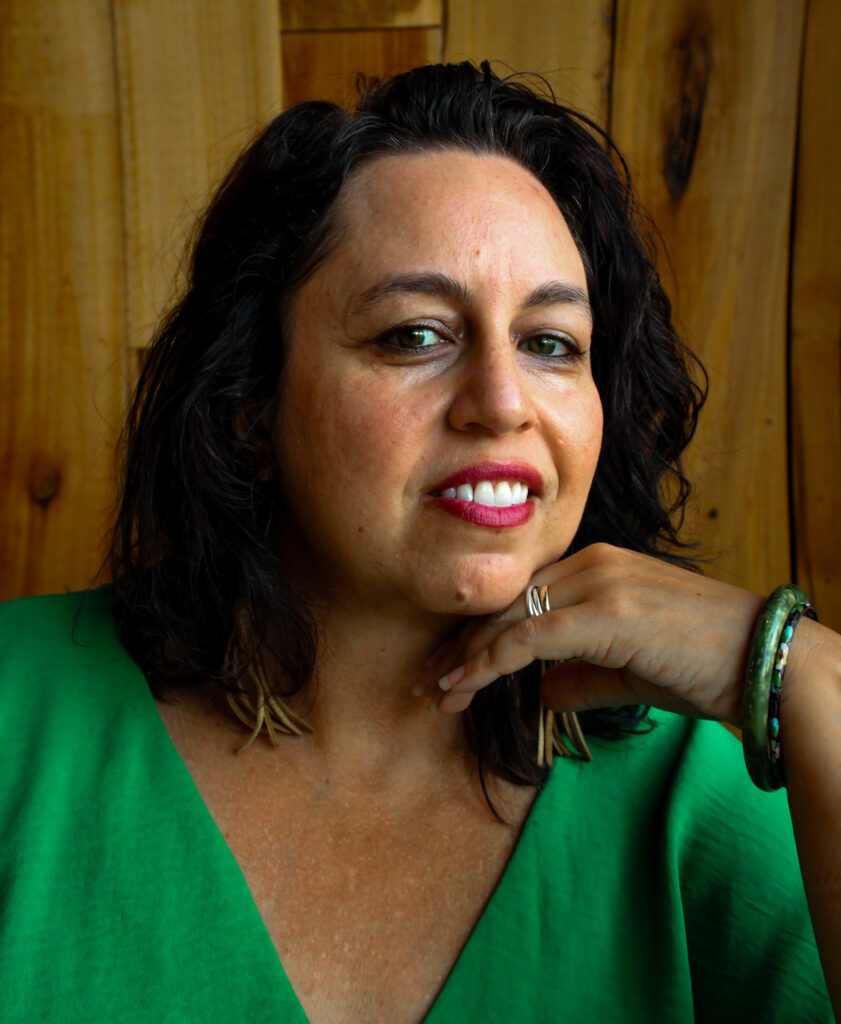
Jennifer Jean’s poetry collections include VOZ, Object Lesson, and The Fool. Her resource book is Object Lesson: a Guide to Writing Poetry. She’s co-written and co-translated Where Do You Live? أين تعيش؟ (Arrowsmith Press, 2025) with Iraqi poet Hanaa Ahmed. Her work appears in POETRY, Rattle, The Common, Los Angeles Review, and On the Seawall. She’s received honors, residencies, and fellowships from the Kenyon Review Writers Workshop, the Academy of American Poets, the Mass Cultural Council, DISQUIET, and the Women’s Federation for World Peace. Jennifer is the senior program manager of 24PearlStreet, the Fine Arts Work Center’s online writing program.
